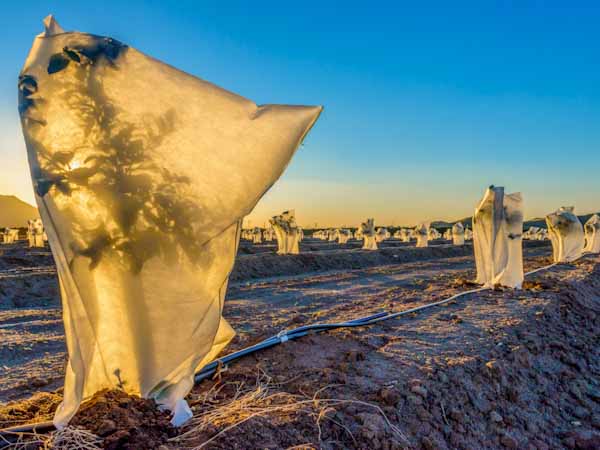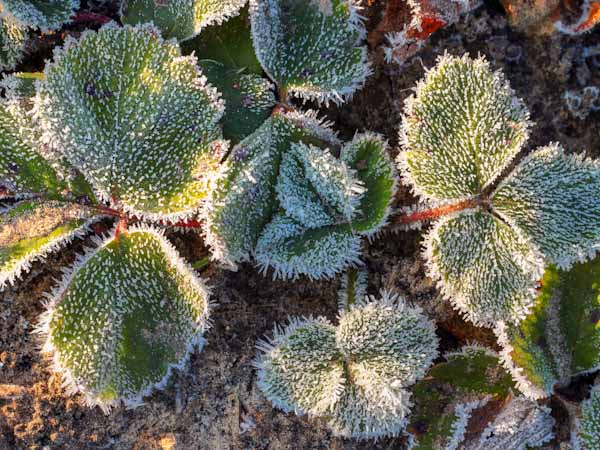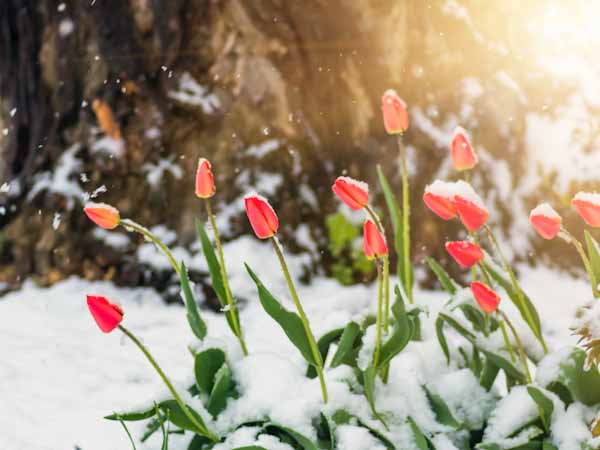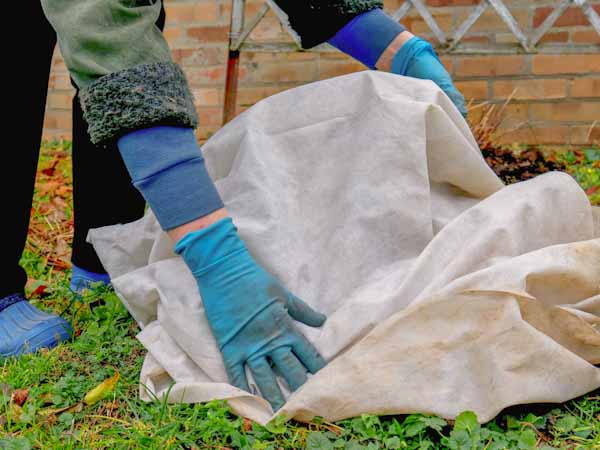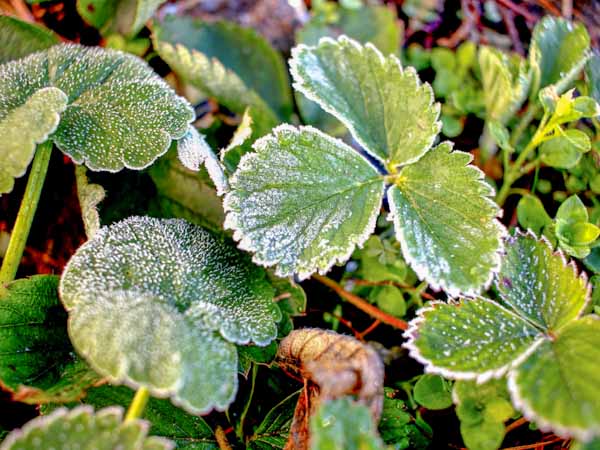Plant Covers for Cold Weather
FREE SHIPPING
Our Plant Covers for Cold Weather are made of 2.5 ounce spunbound geotextile fabric and are used to help protect your plants from frost damage. The fabric has a built in UV inhibitor to slow down UV degradation. The fabric allows water and air to pass through it. All seams are sewn, not glued, for a higher quality performance.
The Plant Covers for Cold Weather keeps the temperatures underneath it higher than outside of it. This product extends the harvest time and extends the flowering season. This product is available in various roll sizes.






